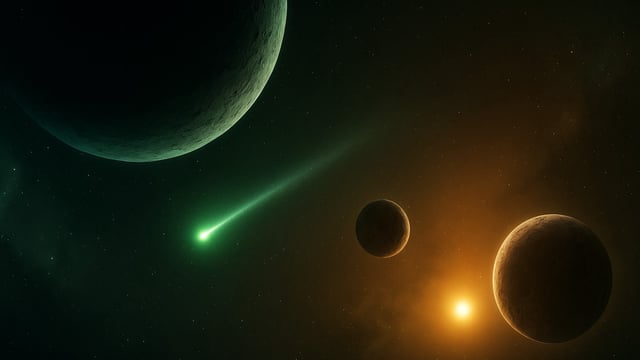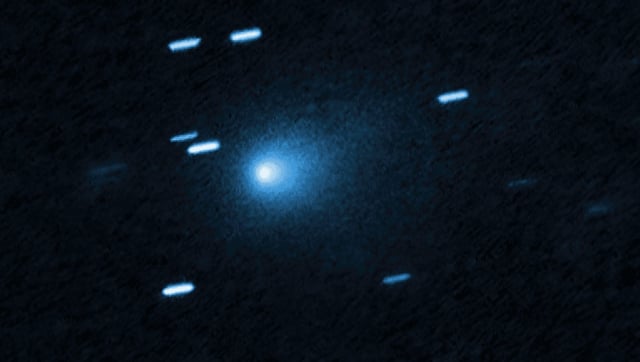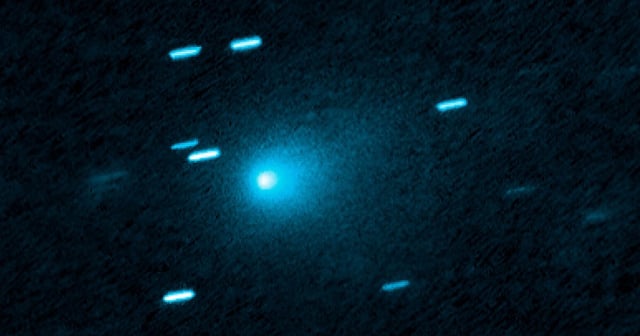Overview
- At EPSC‑DPS2025, Professor Susanne Pfalzner proposed that captured interstellar objects like 3I/ATLAS could serve as ready‑made nuclei that jump‑start planet formation in young disks.
- The hypothesis aims to address slow growth timescales and meter‑scale collision barriers in standard accretion models by providing sturdy cores for rapid buildup.
- Pfalzner argues higher‑mass stars would capture such bodies more efficiently, which could help explain why giant planets are more common around massive stars.
- 3I/ATLAS, discovered on July 1, 2025, is a confirmed interstellar, active comet with a dusty coma, moving faster and inferred to be larger than ’Oumuamua and Borisov.
- NASA rejects alien‑craft claims and maintains 3I/ATLAS is a comet, as public figures including Rep. Anna Paulina Luna and Avi Loeb urged monitoring of its late‑October solar pass, with perihelion and a Mars close approach expected to yield tests of the seeding idea.


